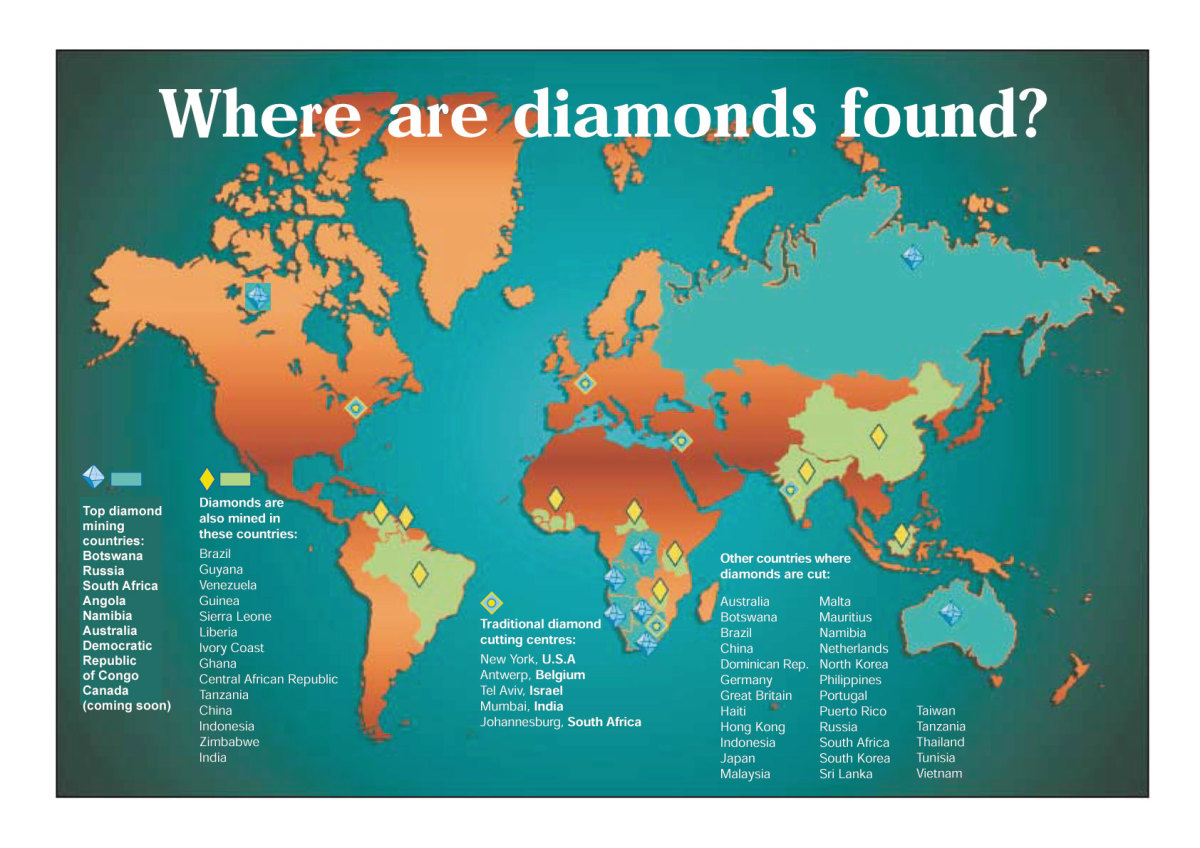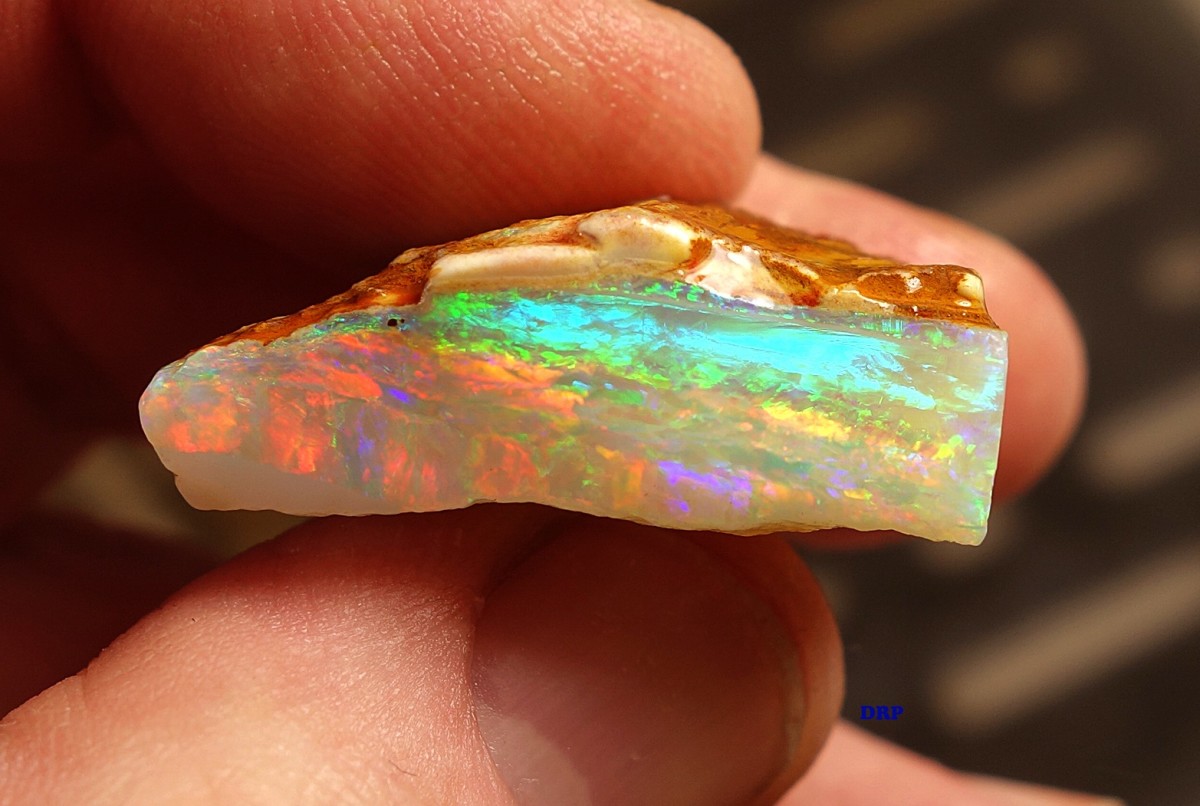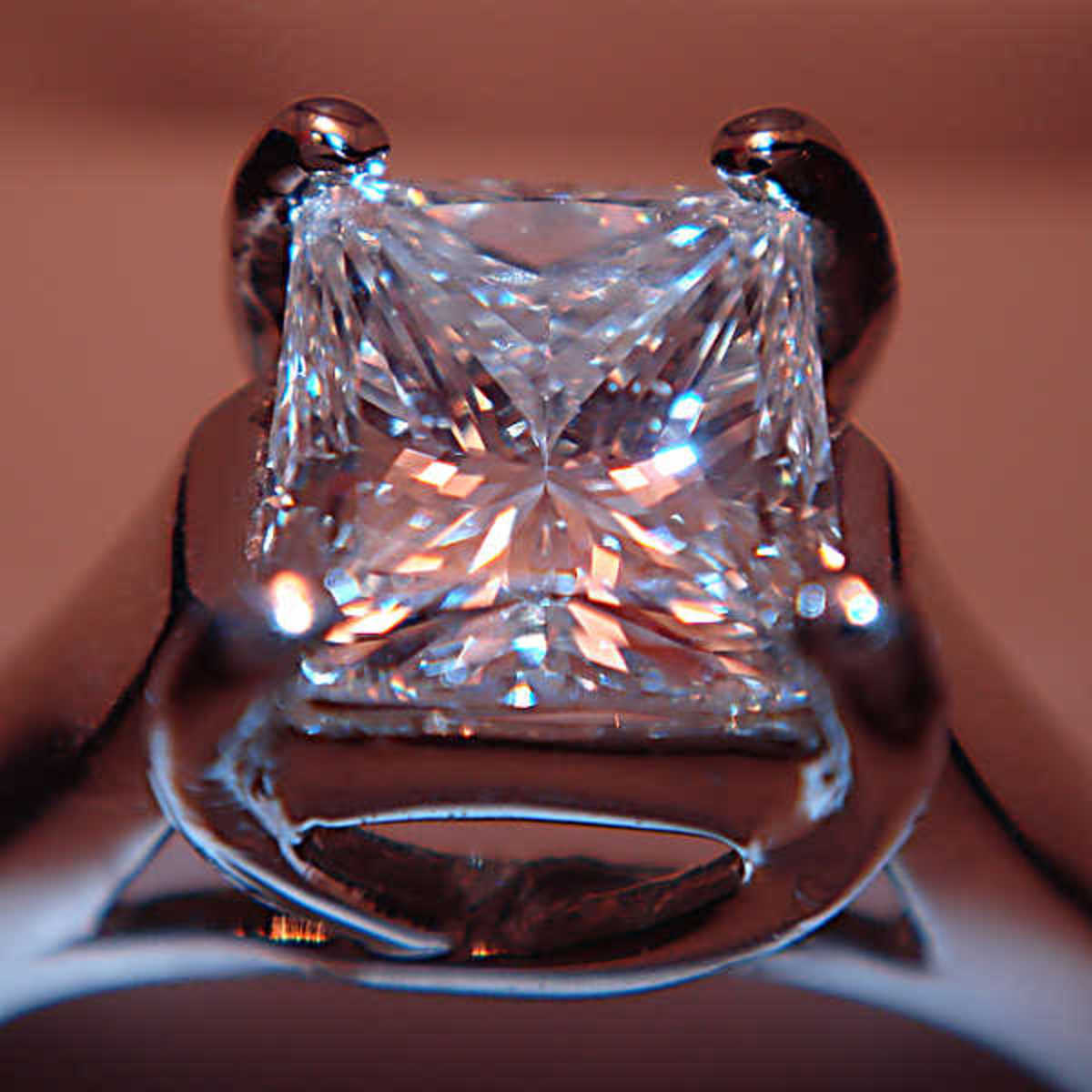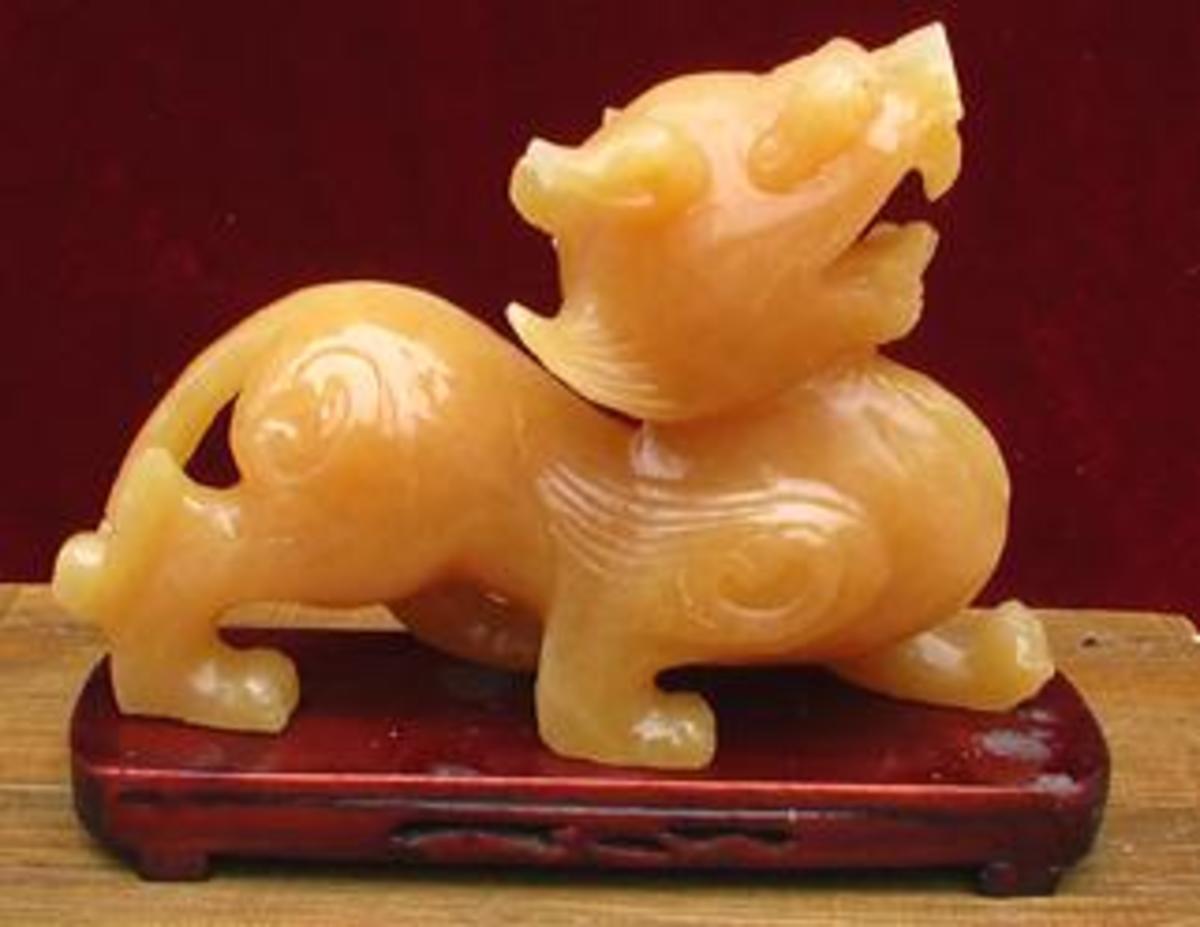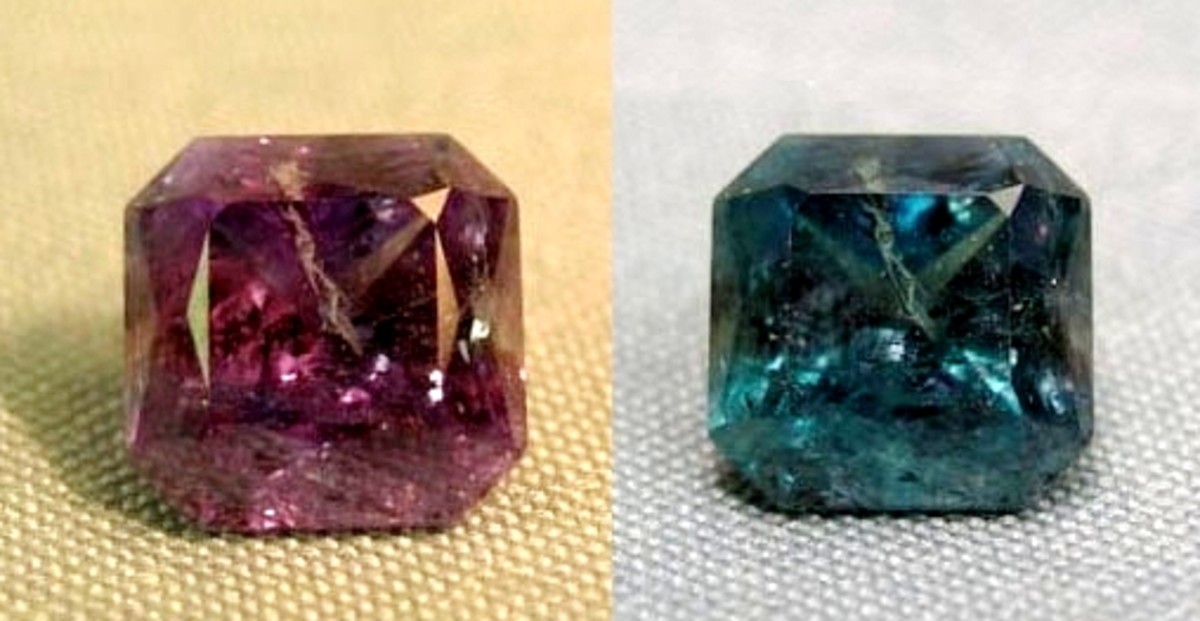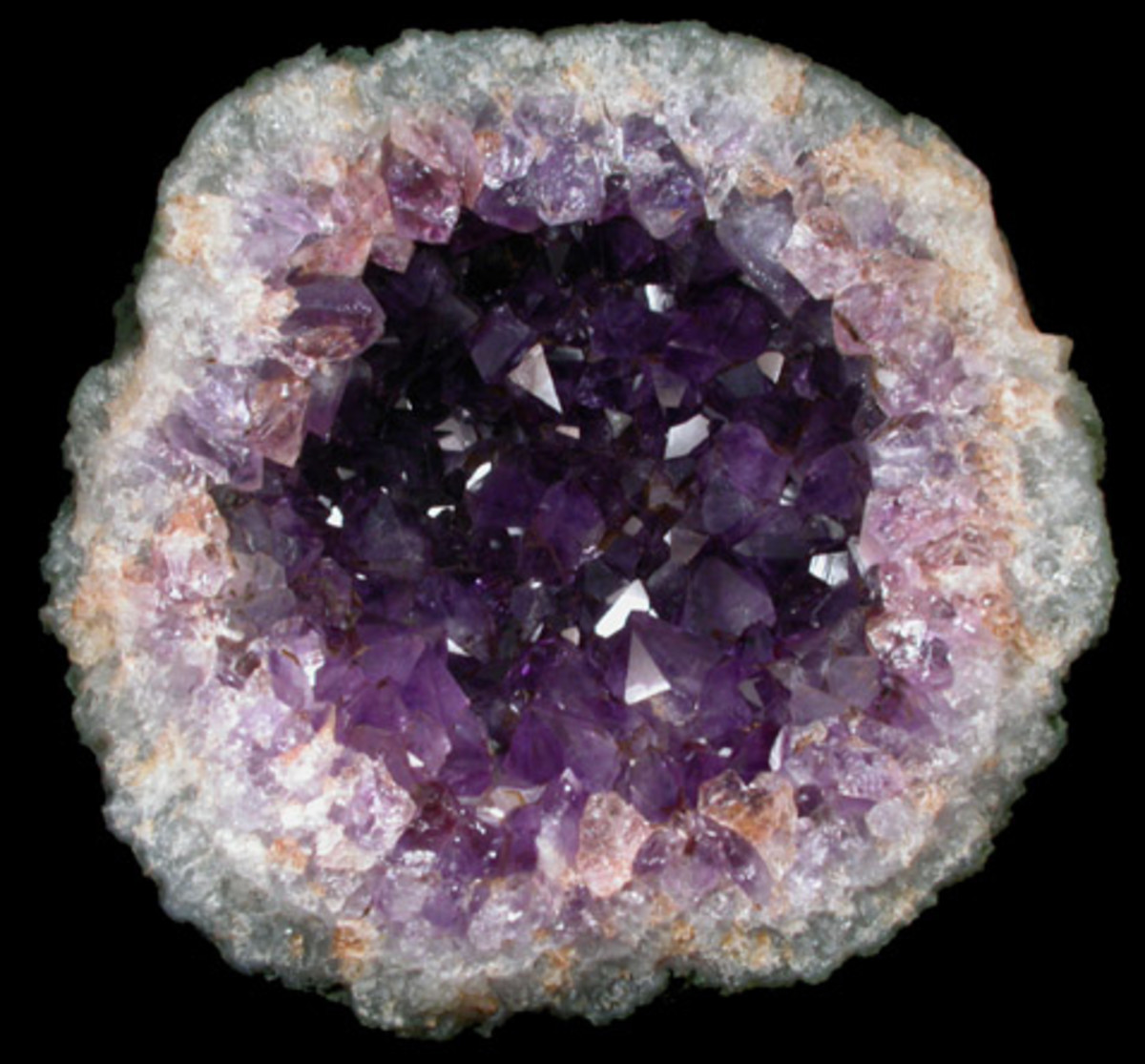Desirable Qualities and Characteristics of Opal
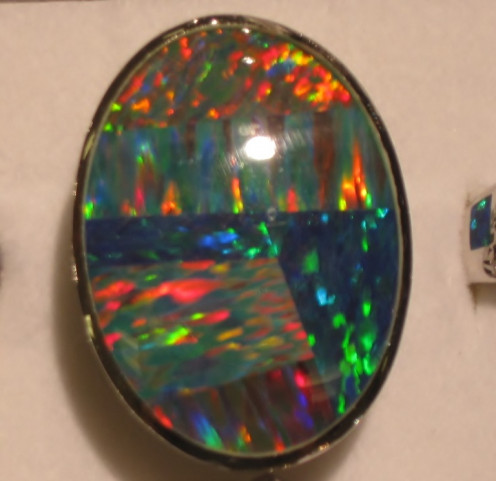
Opal is found in many areas of the world. There are numerous varieties and an equally high number of terms associated with the gemstone. Some of the more popular kinds of opal are black opal, fire opal, matrix opal, precious opal and boulder opal.
Opal is a gemstone that is used in the making of jewelry and various adornments, but it is not a mineral. Opal is considered a hydrous silicon dioxide mineraloid because it has no definite crystalline structure. Opal is amorphous and without a specific chemical composition. Common opal is known for its opalescence, or milky luster. The best quality opals—gemstones that exhibit “play-of-color” are as highly valued as the world’s most prized diamonds, emeralds, and rubies.

Sources of common opal
Common opal lack brilliance and they have very little commercial value. However, some specimens are lustrous and brilliant enough to catch attention. There are common opal stones that are cut into highly polished gemstones. Mexico produces honey-colored gemstones. Meanwhile, Peru is the source of blue opals. These do not come cheap although the price tag is still reasonably lower than rare precious opals. However, some specimens of common opal are attractive, colorful and lustrous. They can be cut into gemstones that accept a high polish. They can be beautiful but simply lack a play-of-color that would earn them the name "precious". Common opal is frequently sold as a gemstone, which can command reasonable prices. Shown at right is a honey-colored opal from Mexico and teardrop-shaped stone cut from Peruvian blue opal.
Common opal is widespread and found in many areas around the world. The countries that are considered the main producers of common opal are Brazil, Czech Republic, Ethiopia, Guatemala, Honduras, Indonesia, Nicaragua, and the United States.
Opal gemstones and “play-of-color”
The most valuable opals in the world have a particular characteristic known as “play-of-color.” These flashes may be observed when the stone is moved under a light source. The same effect may also be seen when the light source is moved against the gemstone. When the angle of observation is changed, the brilliant flashes also become visible.
The “play of color” effect exhibited by precious opals is attributed to tiny spheres made of silica, which have an orderly arrangement, and causes light diffraction. When light waves are diffracted, a scintillation of color sheen effect becomes apparent to the naked eye.
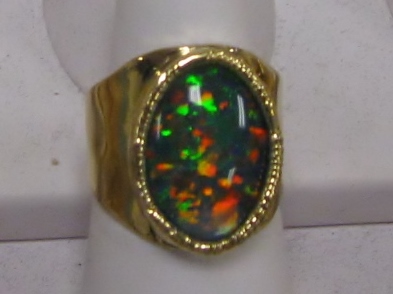
Precious opals
Precious opals and the rarest of these gemstones have bright flashes of color when they are turned under the light. The flashes of color from precious opals come in all colors of the visible spectrum. Precious opals flash iridescent colors such as purple, blue, orange, green, and yellow. Gemstones of this quality are the ones, which are made into expensive pieces of jewelry. A precious opal is given its monetary value based on characteristics such as color intensity, uniformity, diversity, and pattern.
Although it is softer than other highly valued gemstones, with a hardness of 5.5-6.0 (Mohs scale), opal remains a popular adornment for brooches, pendants, rings, and earrings. Nevertheless, jewelry makers include protective aspects in the design when they use stones with the degree of hardness of opals. For example, rings that make use of opal gemstones are not usually designed with prong settings. In this way, the stone is not too exposed, and not prone to bumps and direct impact, which may cause significant damage to the stone.
Deposits of precious opal—the kind that may be cut and used as gemstones, are plentiful in Australia. In fact, 90% of the world’s precious opal outputs are sourced from this continent. Precious opal is also found in Canada, the United States of America, Poland, New Zealand, Honduras, Mexico, and Zambia.
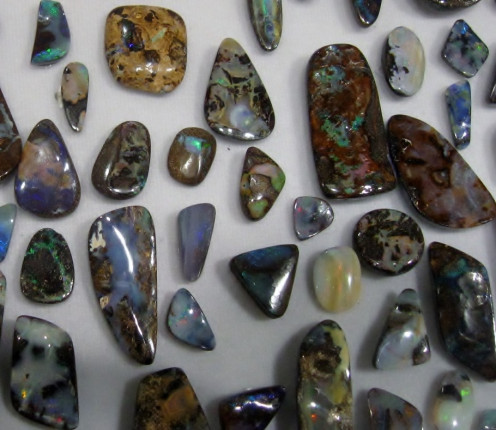
Boulder opals
Boulder opals are valuable gemstones, which are mined from ironstone boulders found deep underground. Very thin veins of opals form in the fissures and cracks and in order to use the colorful stone for jewelry, cutters usually include the ironstone. Opals are also produced in freeform shape in order to maximize the colorful surface. As such, boulder opals are characterized by brown ironstone at its backside. In order to produce a full-sized gemstone, the solid and all-natural ironstone becomes part of the cut. Boulder opals may be distinguished from other types of opals by its dark tone provided by the ironstone. There are boulder opals with an undulating surface while others possess a flat surface. Some boulder opals have a motley appearance due to the transparency of the surface opal. When the backside is visible, the stone is given a lower price tag. The most desirable boulder opals are those with a “clean” face, with no trace of the ironside showing on the colorful surface.
The most valuable boulder opals are usually sourced from Australian mines, specifically in Queensland State. Two of the major opal fields in Queensland are Winton and Quilpie.



